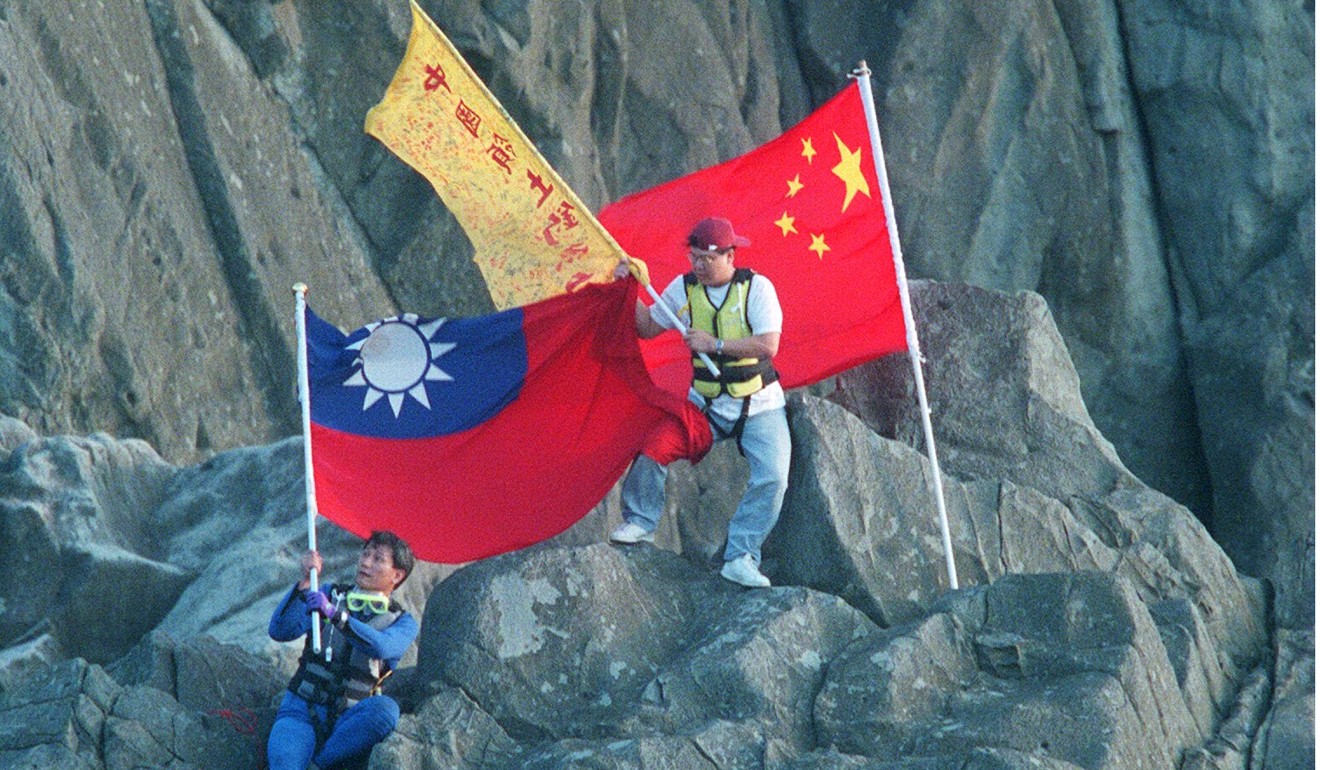
Japan and China ‘won’t mention disputed islands’ in sovereignty hotline talks, avoiding potential rough waters
Deal expected to be struck during a bilateral meeting between Japanese Prime Minister Shinzo Abe and Chinese Premier Li Keqiang on Wednesday
Japan and China are unlikely to mention that the waters and airspace around a group of disputed uninhibited islets subject to a bilateral communication mechanism aimed at averting unintended clashes, a Japanese government source said on Monday.
Japan controls the East China Sea islands but China also claims them.
The deal is expected to be struck when Japanese Prime Minister Shinzo Abe and Chinese Premier Li Keqiang meet on Wednesday on the sidelines of a trilateral summit with South Korean President Moon Jae-in.
China’s foreign ministry confirmed that the “Maritime and Aerial Communication Mechanism”, which was intended to “enhance mutual trust” between China and Japan, would not specify its geographical range.
“The two countries are currently speeding up their preparation for activating the mechanism,”
the ministry said in a statement. “The mechanism mainly stipulates the communication methods between the two countries’ warships and planes etc ... It does not stipulate the applicable geographical scope.”

Taiwan also claims the islands.
The source said that after the two leaders held talks on Wednesday afternoon, they were expected to formally agree to start operating the mechanism soon.
The two countries first agreed to a plan to set up the mechanism in 2007. But their territorial row intensified, especially after Japan decided to bring the Senkakus under state control in 2012, prompting China to send its vessels to the waters around the islets.
However, there has been a thaw in bilateral ties recently.
Last month, Japan and China held a high-level economic dialogue in Tokyo after a roughly eight-year hiatus, while their foreign ministers also agreed to move forward with mutual visits by Abe and Chinese President Xi Jinping.
Hu Lingyuan, director of Fudan University’s Centre for Japanese Studies, said that both sides welcomed the compromise on geography as they sought to build on their improving ties.
“The ambiguity on geographical scope leaves room for both sides to manoeuvre,” Hu said.
He said the grey area helped Japan to avoid formally acknowledging territorial disputes over the East China Sea, and helped China avoid further disputes over the air defence identification zone it set up in 2013.
But Hu said any progress announced during Li’s trip would be symbolic and the real breakthrough might be left to Chinese President Xi Jinping’s planned visit to Japan next year.
“After all, Li’s visit will be mainly about economic discussions and to prepare for Xi’s trip,” he said. “There will be gradual progress.”
But Lian Degui, from Shanghai International Studies University, said the mechanism would not be a meaningful contribution to maintaining stability in the disputed area if there was no specified geographical range.
“It will be meaningless if it doesn’t include the East China Sea, because the mechanism is meant to prevent accidents over the disputed area.”
Additional reporting by Kyodo


